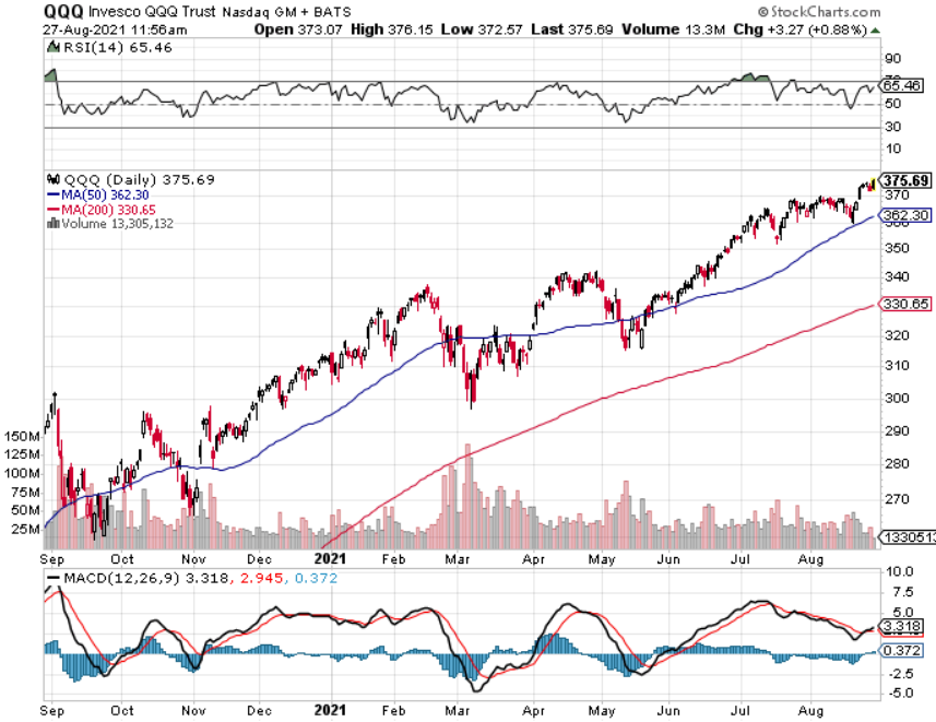So now it’s gonna be 2 years — that’s right — the work from home world is here to stay!
And I’m not talking about just Asia being in the early innings of a disastrous delta variant explosion.
Many managers had 1 year baked into the pie, but have we come to terms with the expectations that this work from home thing is here to stay?
Ostensibly, companies will never be able to get workers to come back to the office, then after 2 years, we will be too far down this road to make a U-turn.
Then as the delta variant breathes down our neck, will this turn into year three or four and so on with all the different variants down the pipeline.
Just in the last few years, several European offices allow heat days in the summer which offer workers remote working possibilities when cities sound off official heat warnings.
Some European cities usually deliver excess heat warnings if the mercury surpasses 95 degrees which is usually in June and July and the amount of these days are rising.
Japan might have to start giving mudslide, typhoon, or torrential flooding remote work days if we really want to go deeper in the weeds.
This is just where nature stands today versus how we work from a computer.
Many tech companies might see a 99% attrition rate if the managers move boldly and recall staff for in-person 5 days per week toiling and sharing the same oxygen within the same four walls as their coworkers.
One of the biggest takeaways from the pandemic after the initial uncertainty is the handoff of power back to labor which hasn’t happened in American capitalism for 50 years.
American capitalism has been crushing labor laws as long as I can remember from lacking of maternity and paternity leave to destroying unions and the list goes on.
If you’re a simple worker, you know you finally have options!
That is raising concerns among executives who have historically ruled with an iron fist and aren’t used to workers acquiring negotiating clout.
Remember in Europe, many companies require a 3-month resignation notice after 5 years of work instead of the quick 2 weeks in the U.S.
In France, it’s almost impossible to get yourself fired.
Return dates have been postponed repeatedly. Tech companies such as Amazon and Facebook have pushed them to early next year.
Lyft said it would call employees back to its San Francisco headquarters in February, about 23 months after the ride-sharing company first closed its offices.
Already, many employees are “bombarded” with messages from recruiters and friends, attempting to lure them elsewhere, and there are jobs galore!
10 million to be precise.
Managers want workers back in the office because they say there is a broader sense of connection and familiarity to the platform, to the culture of the organization—to me, this means they love controlling workers, period.
Many surveys have shown that productivity of working remotely is significantly higher than working in the office where introverted workers are bombarded with uncomfortable office politics and extroverted colleagues’ bravado. Not to mention that many companies like to have meetings to plan the next meeting and the hours of commuting that exhaust workers.
Even if 40% of workers are introverted, it would make sense to rollout a full remote workforce because the totality of the remote work is a net benefit over in-person work for the entire staff.
Perceptions of remote work have shifted as the pandemic spiraled out of control.
When professional services giant PricewaterhouseCoopers LLP surveyed employers across the U.S. in June 2020, 73% of respondents said they deemed remote work successful. By January 2021, when PwC released updated data, that figure rose to 83%. Now, more workers also say they want to stay at home full time. In new data released by PwC on Thursday, 41% of workers said they wished to remain fully remote, up from 29% in the January survey.
That doesn’t mean offices can’t have a once per quarter team bonding activity, but the verdict is clear, workers like waking up never to leave their house and get paid for that lifestyle.
The bigger deal now is workers are busy brainstorming how to upgrade or upsize their remote offices to become even more efficient.
They are even thinking how to upgrade their coffee and tea game, personally, I love my Made in Italy Bialetti stovetop espresso maker.
It hits the spot with high quality Arabica coffee beans.
On a personal level, if a company does commit to the in-person faux pas, I am in favor of only in-person every other month and the in-person portion should only be a maximum of 2 days per week that aren’t Monday or Friday.
That’s how little negotiating leverage managers and bosses have these days — I just don’t see how they can push the narrative more than that.
Also, if they want 5 days per week of in-person work, they will have to pay extra to get what they want and that’s not including the hike in salaries that have happened because of the recent inflationary pressures.
Ultimately, there is possibly no way to justify full in-person work in 2021 for a company that can function without it.
And think about it, any company searching to expand a workforce with 100% in-person work will be viewed as a company that has more red flags than a Chinese communist parade.
And I haven’t even talked about the disgust for people ditching their business casual clothing to work in their pajamas, then forcing them to clothe up again.
What a kick in the teeth!
There’s a whole host of reasons we haven’t even mentioned yet like young mothers who must consider a young child and proper child’s care or a worker who is tending to an elderly relative daily.
We can’t just sweep all this under the rug like we used to — these are real issues we must grapple with.
What does this mean for the Nasdaq index that the Mad Hedge Technology Letter predominately follows?
It goes higher.
It means we are fully reliant on tech for longer and this will seep into the share prices.
A broad swath of companies will benefit from this, and the bigger will get bigger because of the network effect.
Another year of this will solidify tech ecosystems and digital infrastructure will become better and stickier.
Companies like Google, Apple, Microsoft will bask in the glory of being highly desirable companies with earning accelerated revenues while stationed at the avant-garde of the U.S. economy.
And in the winner-takes-all tech economy, everyone else is second.

THIS IS THE NEW NORMAL!




